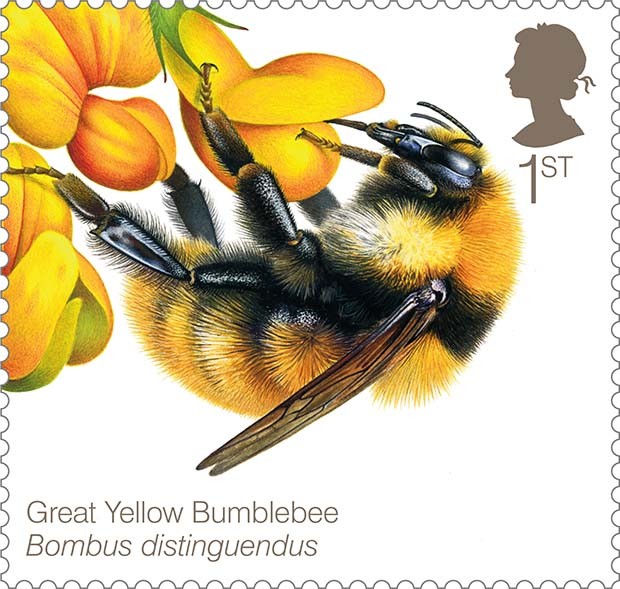We have identified 30 papers from a literature search on PubMed and Google Scholar using the following combined key words of “pollinators”, “honeybee”, “bees”, “pesticides”, or “neonicotinoids”, as of September 30, 2014, and from a cross-reference check of a report made available by European Parliament in preparation to fulfill their regulatory mandate on the issue of protecting pollinators among their membership nations. Those paper are relevant to examine the effects of sub-lethal pesticide exposures on the health of honeybees (Apis mellifera), bumblebees (Bombus terrestris), and other bees. The weight-of-evidence of this review clearly demonstrated bees’ susceptibility to insecticides, in particular to neonicotinoids, and the synergistic effects to diseases that are commonly present in bee colonies. One important aspect of assessing and managing the risks posed by neonicotinoids to bees is the chronic effects induced by exposures at the sub-lethal levels. More than 90% of literature published after 2009 directly or indirectly demonstrated the adverse health effects associated with sub-lethal exposure to neonicotinoids,including abnormal foraging activities, impaired brood development, neurological or cognitive effects, and colony collapse disorder.
Author:
Chensheng Lu, PhD
Department of Environmental Health
Harvard T.H.Chan School of Public Health
401 Park Drive, Landmark Center West
Boston, MA 02215
email: cslu@hsph.harvard.edu

- Login om te reageren
